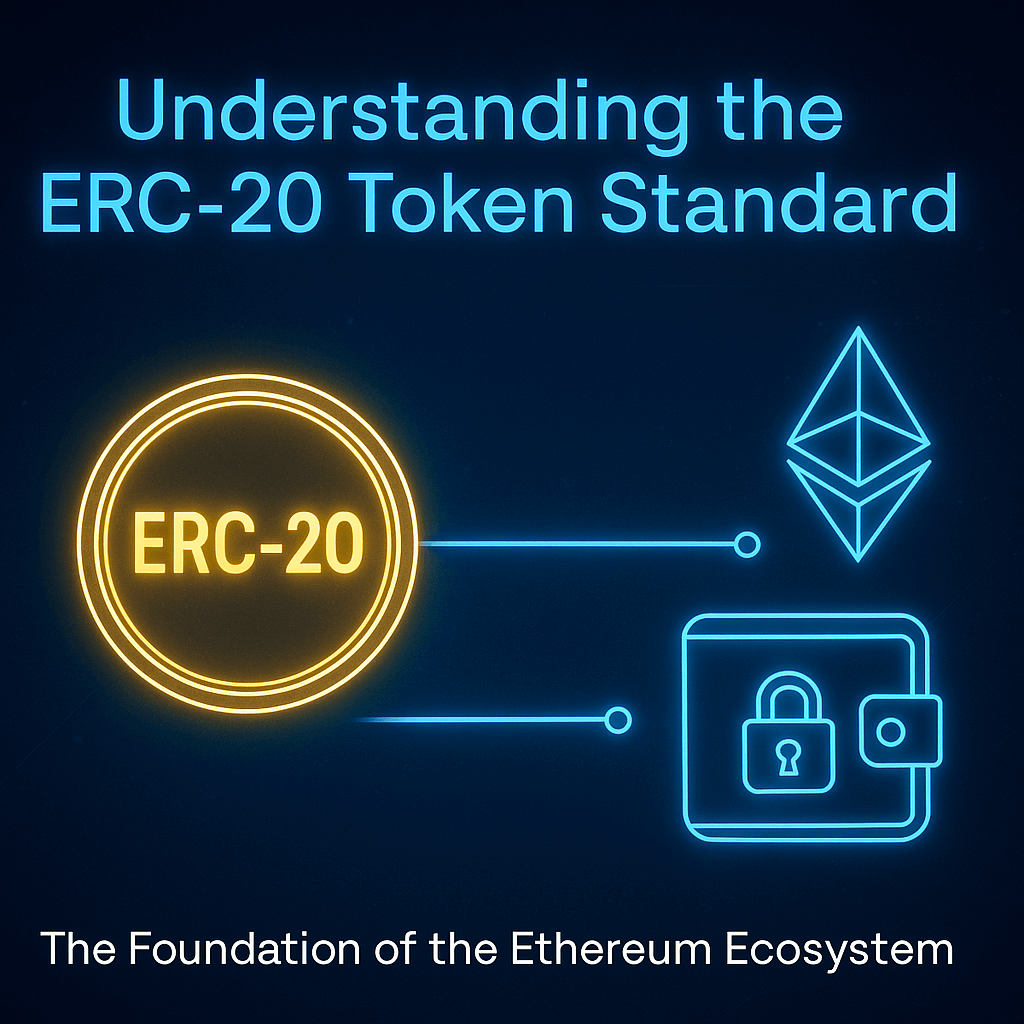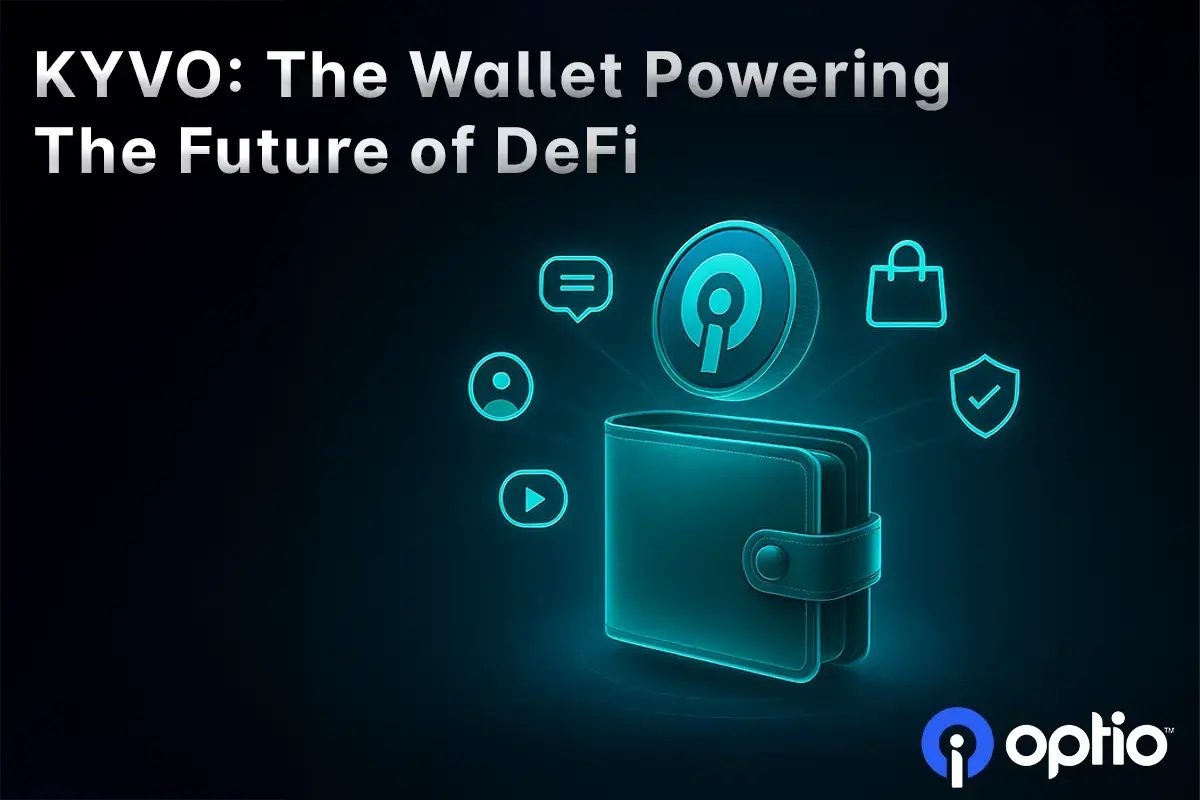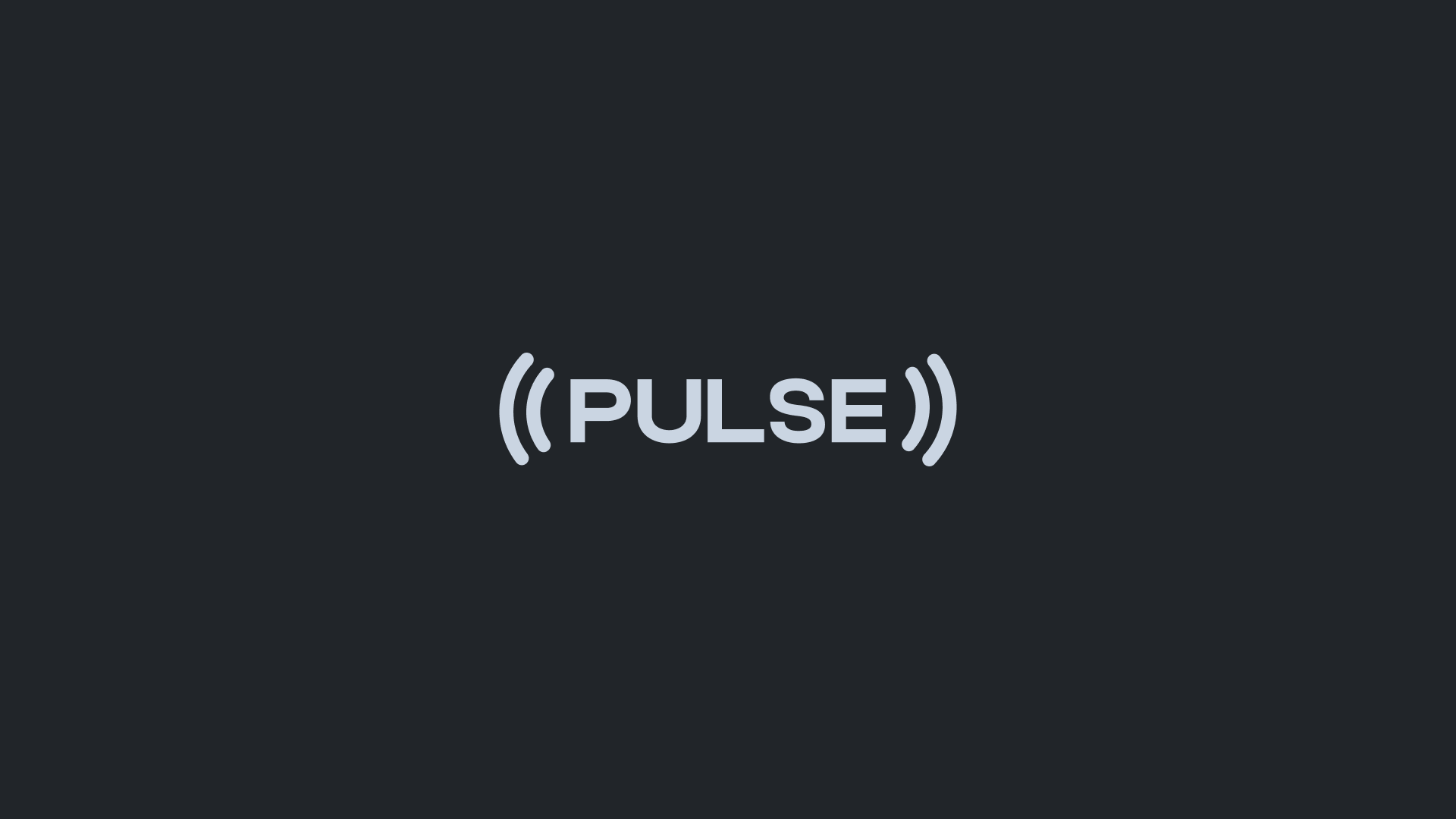What Is the ERC-20 Token Standard?
If you’ve ever used Ethereum-based cryptocurrencies or DeFi apps, chances are you’ve interacted with an ERC-20 token. ERC-20 is a technical standard used for creating and managing tokens on the Ethereum blockchain. It defines a set of rules that every token must follow to be compatible with the Ethereum ecosystem — things like how tokens are transferred, how balances are tracked, and how transactions are approved.
In simple terms, ERC-20 tokens are like “digital currencies” that exist within the Ethereum network, built on a shared set of instructions that make them interoperable. This standardization allows wallets, exchanges, and dApps (decentralized applications) to communicate seamlessly with thousands of different tokens.
Why the ERC-20 Standard Matters
Before ERC-20, developers creating their own tokens on Ethereum often designed them differently, which led to compatibility issues — one wallet or exchange might work with some tokens but not others. The ERC-20 standard solved this problem by providing a universal framework.
Here’s why that matters:
- Interoperability: Every ERC-20 token can be supported by the same infrastructure — wallets, exchanges, and smart contracts — without special modifications.
- Efficiency: Developers don’t have to reinvent the wheel each time they build a token. They can use a reliable, battle-tested standard.
- Security: Because ERC-20 has been audited and adopted widely, it’s a safer foundation than custom-built token logic.
- Liquidity: Tokens that follow the ERC-20 rules can easily be listed and traded across DeFi platforms and exchanges.
Common Examples of ERC-20 Tokens
Many well-known digital assets use the ERC-20 standard — including USDT (Tether), LINK (Chainlink), and UNI (Uniswap). These tokens may serve very different purposes — stablecoins, governance tokens, or DeFi utility tokens — but they all speak the same “ERC-20 language.”
How ERC-20 Tokens Work in Practice
ERC-20 defines six main functions (such as transfer and balanceOf) that govern how tokens behave, plus two optional ones for customization. When you send an ERC-20 token to someone, the transaction is executed through a smart contract — code that automatically enforces the rules.
Why the Optio Community Should Care
As part of the Optio Community, you already understand the power of digital ownership and decentralized tools. With Kyvo Wallet, you hold your OPT tokens securely — but Kyvo ERC-20 support expands your possibilities even further.
Here’s what this means for you:
- You’ll be able to add and manage other ERC-20 tokens directly within Kyvo.
- You can explore new DeFi opportunities, from staking and lending to governance participation.
- You gain access to a growing ecosystem of assets — all compatible with your wallet and the Ethereum network.
Those that use ERC-20 tokens understand how digital assets interact across decentralized networks within the broader digital economy built on open standards and innovation.
Final Thoughts
The ERC-20 token standard represents one of the biggest breakthroughs in blockchain history. It created the foundation for today’s decentralized finance ecosystem and continues to power innovation across Ethereum and beyond.
For members of the Optio Community and beyond, this evolution means Kyvo Wallet becomes more than a place to hold OPT — it becomes your gateway to the wider world of ERC-20 assets should you need.
Ready to Join
The Freedom Network?
Genesis block is live. $50M+ in nodes sold. 1,280+ ambassadors worldwide. The network is growing.



